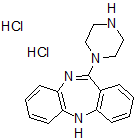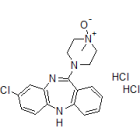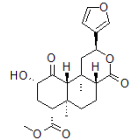JHU37160 dihydrochloride (DREADD ligand) (water soluble)
Product overview
| Name | JHU37160 dihydrochloride (DREADD ligand) (water soluble) |
| Alternative names | J60 dihydrochloride |
| Purity | >98% |
| Description | Novel DREADD agonist with high affinity and potency for hM3Dq and hM4Di. Active in vivo. Water soluble. |
Images
Biological Data
| Biological description | Overview JHU37160 is reported to be a novel DREADD agonist with high in vivo DREADD potency for CNS applications. It has high affinity in vitro for hM3Dq and hM4Di (Ki values are 1.9 nM (hM3Dq) and 3.6 nM (hM4Di). It selectively displaces [3H]clozapine from DREADDs and not from other clozapine-binding sites at concentrations up to 10 nM when tested for in situ [3H]clozapine displacement in brain tissue from WT and D1-DREADD mice. JHU37160 activates hM3Dq and hM4Di with high potency and efficacy in fluorescent and BRET-based assays in HEK-293 cells (EC50 values are 18.5 and 0.2 nM at hM3Dq and hM4Di respectively. Occupancy JHU37160 exhibits high in vivo DREADD occupancy and was not reported to be a P-gp substrate. In vivo application JHU37160 is reported to be a potent in vivo DREADD agonist, which selectively inhibits locomotor activity in D1-hM3Dq and D1-hM4Di mice without any significant locomotor effects observed in wild type (WT) mice (at doses ranging 0.01 - 1 mg/kg). It also produces robust and selective increases in hM3Dq-stimulated locomotion in rats expressing hM3Dq in tyrosine hydroxylase expressing neurons (at doses ranging 0.01 – 0.3 mg/kg). In in vivo electrophysiology experiments in mice, JHU37160 produces rapid and potent hM4Di-driven inhibition of light-evoked neuronal activation (at a dose of 0.1 mg/kg). While its selectivity is not ideal (i.e. comparable to clozapine), its high in vivo potency allows for dose adjustments with minimal off-target effects. The compound exhibits promising characteristics for DREADD use in monkeys. Shows dose-dependent anxiogenic effect in male Wistar and Long-Evans rats, regardless of DREADD expression, with no impact on locomotor behvaiour suggesting that high doses (e.g. 1mg/kg) should be avoided in chemogenetic experiments designed to evaluate circuit manipulation on anxiety-like behavior in rats. Freebase also available. Sold under license from the NIH, US patent pending 62/627,527
|
Solubility & Handling
| Solubility overview | Soluble in water (100mM). Always store solutions at -20°C. |
| Storage instructions | -20°C |
| Handling | Storage of solid
Storage of solutions
|
| Shipping Conditions | Stable for ambient temperature shipping. Follow storage instructions on receipt. |
| Important | This product is for RESEARCH USE ONLY and is not intended for therapeutic or diagnostic use. Not for human or veterinary use |
Chemical Data
| Purity | >98% |
| Chemical name | 8-chloro-11-(4-ethylpiperazin-1-yl)-4-fluoro-5H-dibenzo[b,e][1,4]diazepine dihydrochloride |
| Molecular Weight | 431.76 |
| Chemical structure | 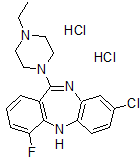 |
| Molecular Formula | C19H20ClFN4 · 2HCl |
| CAS Number | 2369979-68-8 (free base) |
| SMILES | Cl.Cl.CCN1CCN(CC1)C3=Nc4cc(Cl)ccc4Nc2c3cccc2F |
| Source | Synthetic |
| InChi | InChI=1S/C19H20ClFN4.2ClH/c1-2-24-8-10-25(11-9-24)19-14-4-3-5-15(21)18(14)22-16-7-6-13(20)12-17(16)23-19;;/h3-7,12,22H,2,8-11H2,1H3;2*1H |
| InChiKey | DHICOGMHOCAKOF-UHFFFAOYSA-N |
| Appearance | Yellow solid |
| Licensing details | Sold under license from the NIH, US patent pending 62/627,527 |
References for JHU37160 dihydrochloride (DREADD ligand) (water soluble)
-
Chemogenetic ligands for translational neurotheranostics
Bonaventura et al (2018) bioRxiv : doi: https://doi.org/10.1101/487
-
Leptin signaling in the dorsomedial hypothalamus couples breathing and metabolism in obesity.
Amorim MR et al (2023) Cell reports 42 : 113512PubMedID: 38039129/ -
Striosomes constrain locomotor vigor with respect to an innate valence differential
Cai et al (2022) Biorxiv : https://doi.org/10.1101/2022.05.17.492302 -
Isoforms, Clocks, and Acetylcholine: Regulation of Cocaine's Effects by Dopamine D2 Receptors
Lewis et al (2022) Thesis : https://escholarship.org/uc/item/5jq168tc -
Basal forebrain cholinergic neurons selectively drive coordinated motor learning in mice
Hollis II et al (2021) bioRxiv https://doi.org/10.1101/2021.04.24.441273 : doi -
Chemogenetic Seizure Control with Clozapine and the Novel Ligand JHU37160 Outperforms the Effects of Levetiracetam in the Intrahippocampal Kainic Acid Mouse Model
Desloovere et al (2021) Neurotherapeutics. : doi: 10.1007/s13311-021-01160-0PubMedID: 34862591





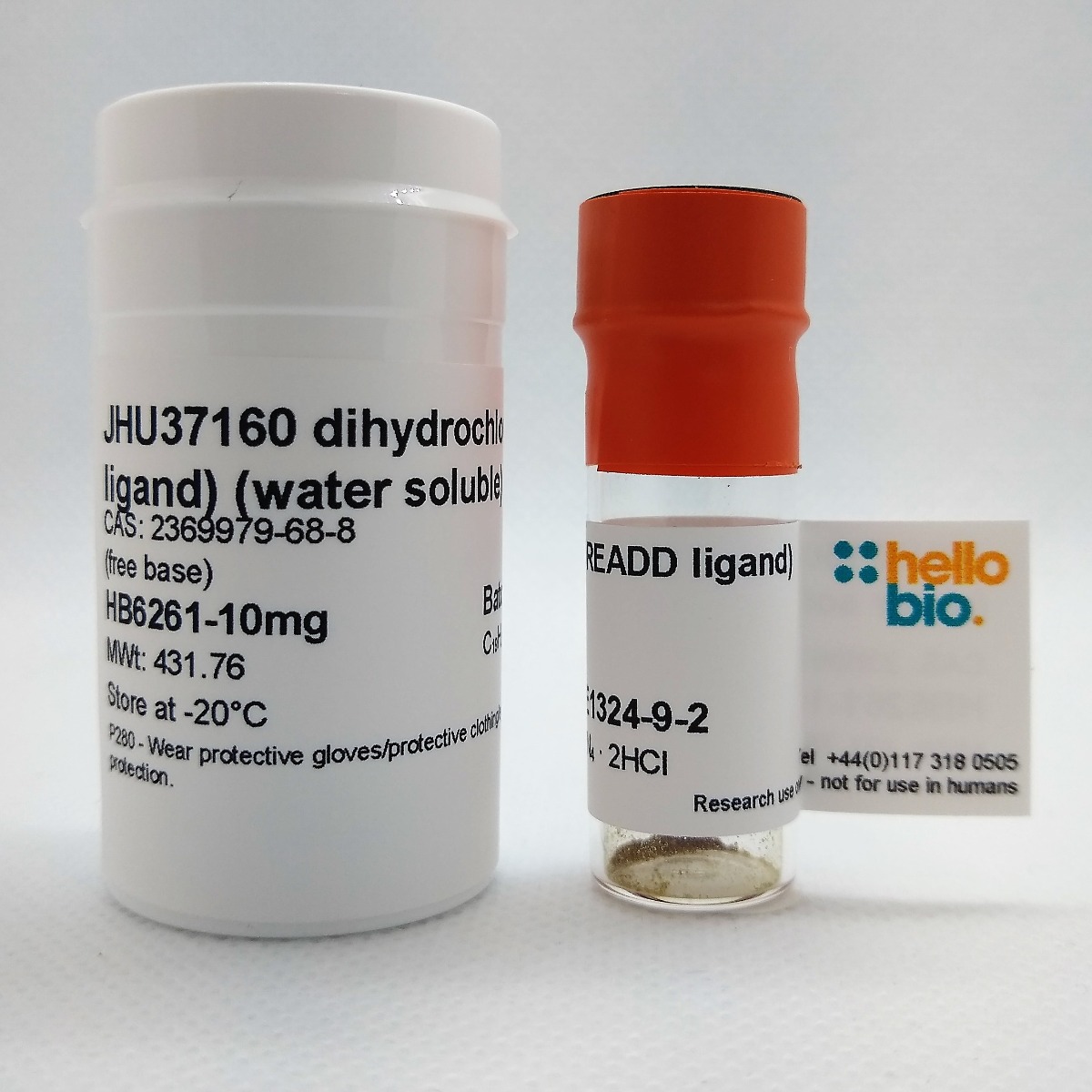
 Understanding purity and quality - a guide for life scientists
Understanding purity and quality - a guide for life scientists